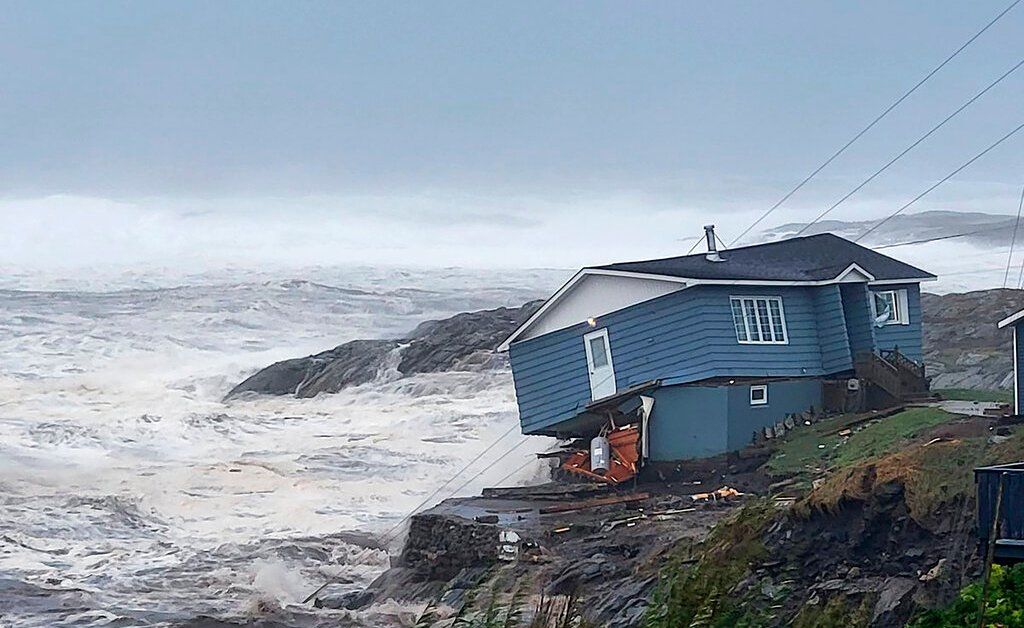Canada Deploys Troops After Hurricane Fiona Landfall
Canada mobilized its military on Sunday in response to Hurricane Fiona’s impact on the country’s Atlantic provinces. Hundreds of thousands lost power as homes were damaged and destroyed across Nova Scotia, Prince Edward Island, Newfoundland, and Quebec.

Facts
- Canada mobilized its military on Sunday in response to Hurricane Fiona’s impact on the country’s Atlantic provinces. Hundreds of thousands lost power as homes were damaged and destroyed across Nova Scotia, Prince Edward Island, Newfoundland, and Quebec.
- The deployed troops will support restoring power links, removing fallen trees, and other response missions. The storm has reportedly left at least one dead in Canada and five in the Caribbean.
- Restoring and repairing infrastructure could take months from what is being described as an “unprecedented” storm across the region. Fiona made landfall as a 90 mph “post-tropical” storm and brought a devastating 6-foot storm surge to Prince Edward Island.
- Before hitting Canada, Hurricane Fiona tracked through the Caribbean, causing considerable damage in Guadeloupe, Puerto Rico, and the Dominican Republic. 1.17M people in the Dominican Republic experienced water supply disruption, and 3M in Puerto Rico were without power.
- The powerful storm was unique in that it veered inland to the west after approaching the Canadian Maritimes — rather than moving offshore to the east, which typically happens due to the “Coriolis Effect” from the rotation of the Earth. In this case, an intense “trough” [of low pressure] veered the storm into Atlantic Canada.
- It’s rare, although not unprecedented, for a storm of tropical origin to reach Atlantic Canada or even Greenland. Recent examples include Atlantic Storms Larry (2021), Maria (2011), Igor (2010), and Noel (2007).
Sources: Time, PBS NewsHour, NBC, Reliefweb, ctv, and Forbes.
Narratives
- Narrative A, as provided by Global. While three-to-four named storms can enter Canadian waters each hurricane season, Fiona’s intensity and track were unusual. Unfortunately, these impacts are expected as Canada is warming twice as fast as the rest of the world. With Arctic warming — rather than tropical warming — likely to continue, severe storms like Fiona will be more likely in Canada in the years ahead.
- Narrative B, as provided by CarbonBrief. While there’s a great deal of speculation about Arctic warming causing weather patterns that can fling hurricanes inland, the links are not straightforward. There is no clear consensus yet of what the definition of these “blocking patterns” even are, much less if Arctic warming even has an effect. Much more needs to be done to understand the complex physics involved before jumping to conclusions about specific storms.






